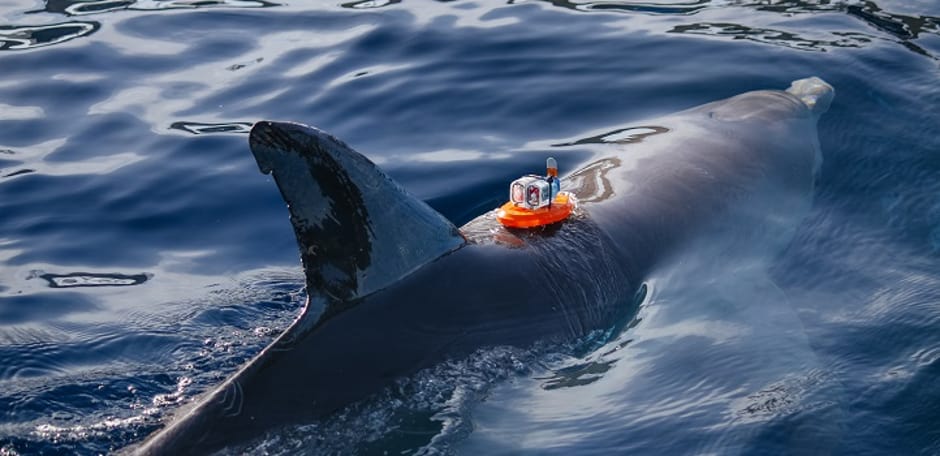
Now, a team at KAUST (King Abdullah University of Science and Technology) in Saudi Arabia has developed a flexible, lightweight and robust salinity sensor that can be attached to aquatic animals for long-term monitoring of their habitat.
According to KAUST, shifting ocean salinity can impact the health of marine organisms and affect key aspects of the ocean system, such as water circulation.
The saltier the water, the higher its electrical conductivity, which can be measured with a pair of electrodes. Problems arise, however, when microorganisms in seawater start growing on the electrode surface, causing a fall in the recorded conductance values.
Electrical engineer Jürgen Kosel is working with marine scientist Carlos Duarte from Kaust’s Red Sea Research Centre to develop monitoring devices that overcome these limitations.
The team, including PhD student Alayna Kaidarova, has created the sensor from a flexible polymer sheet. Writing on the sheet using a laser beam, the team heated targeted strips of the polymer, breaking down the polymer structure to produce conductive strips of graphene that form the electrodes.
When operated at low frequency, biofouling caused the same conductance drop that had afflicted previous devices. But when it was operated at high frequency, the team showed, biofouling had no effect on the performance and the sensor maintained a steady reading even after weeks in seawater.
“We avoided the influence of foulants' recruitment on the surface of the electrodes, which is expected to solve long-term reliability issues,” Kaidarova said.
The team plans to use the laser-induced graphene technique as a versatile, inexpensive way to create integrated sensor platforms that can monitor temperature, pressure, salinity, pH and magnetic field.
“The data collected from these versatile sensors are intended to be incorporated into Red Sea conservation management,” Kaidarova said.
The advance is detailed in Advanced Materials Interfaces.

Poll: Should the UK’s railways be renationalised?
I think that a network inclusive of the vehicles on it would make sense. However it remains to be seen if there is any plan for it to be for the...